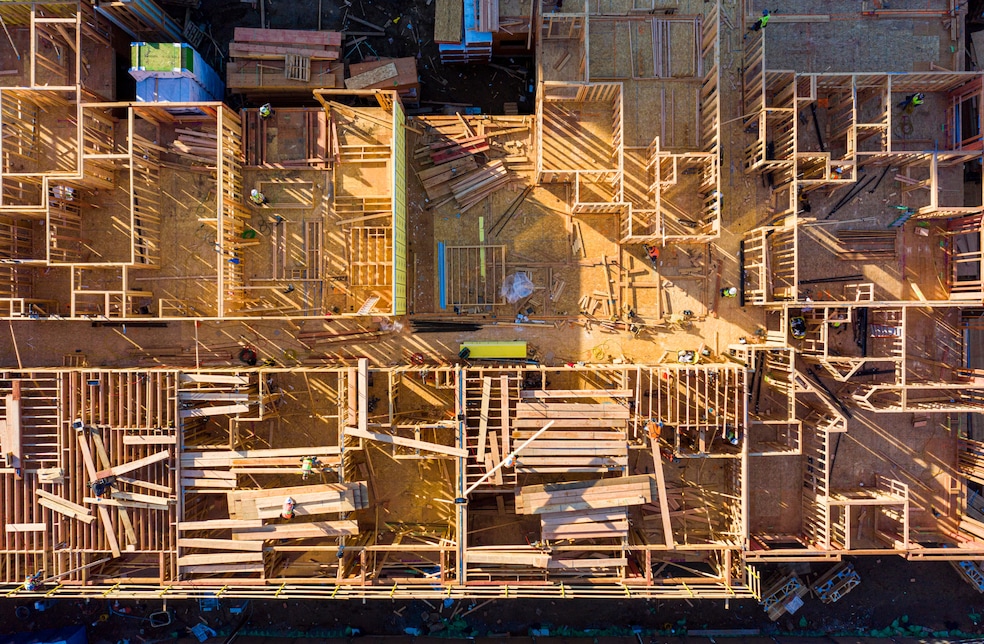Producer prices unchanged in June
After feeling some inflationary pressure in May, U.S. producers did not hike their prices in June, according to the latest data from the U.S. Bureau of Labor Statistics.
In its latest Producer Price Index, the government agency saw that final demand was unchanged in June, according to seasonally adjusted data, with a 0.3% increase in costs for final goods balancing out a 0.1% decrease in demand for final services. The flattening came after a 0.1% increase in May, making for a 2.5% price increase over the 12 months ending in June, excluding food, energy and trade services.
When it came to rising product prices, June’s 0.3% rise was the biggest increase since February’s 0.3% uptick. Prices for communication-related equipment rose 0.8%, and the prices for gasoline, residential electric, poultry, meats and tree nuts also climbed. Final demand services saw prices dip largely on account of falling costs for services associated with travel and accommodation.
Construction material prices rise
Although the Producer Price Index was flat overall, the measure did find that construction material prices rose. Construction input prices grew 0.2% in June, according to analysis from the Associated Builders and Contractors industry group, while nonresidential construction input prices increased 0.3%.
But costs for residential building materials did rise in June, according to PPI analysis from the National Association of Home Builders. After seeing prices stagnate in May, the Washington, D.C.-based trade group found that input prices for new residential construction climbed 0.7% in June, making for a 2.6% increase since last year. The NAHB linked the growth to pricier construction equipment and machinery, noting that material prices ticked up by 0.1%. The group also found that growth in service prices for new residential construction is outpacing final demand for services across the economy by nearly 1%.
Recently imposed tariffs accounted for some of these increases, the NAHB said in its Eye on Housing blog, particularly for metal products. “In June, the largest year-over-year price increase was for construction machinery and equipment parts, reporting a 24.2% increase over the year,” said the analysis. “Meanwhile, metal molding and trim prices were up 15.1%, fabricated steel plate prices were up 13.6%, ornamental and architectural metal work prices were up 9.0%, and fabricated structural metal prices were up 9.0% compared to last year.”
US households face strain from rising costs, and adults struggle to build emergency savings
A study from the Financial Industry Regulatory Authority's Investor Education Foundation found that adults and households across the United States are struggling under the weight of increased economic pressure.
FINRA has conducted its study — dubbed the National Financial Capability Study — every three years since 2009, but this year the Securities and Exchange Commission-overseen group uncovered “an overall pattern of decline in U.S. adults’ ability to make ends meet and save for emergencies,” it stated in a press release. “While the comprehensive study shows no signs of overall declines in income, the findings show that increased costs have put more households under strain than in previous waves of the study.”
Compared to other years, more respondents to the 2024 survey reported overspending their income, and two-thirds of respondents said they had to cut back on other spending to afford growing food costs. The survey also found a dip in respondents setting aside three months’ worth of emergency savings, with 46% saying they had the amount tucked away compared to 53% in 2021.

